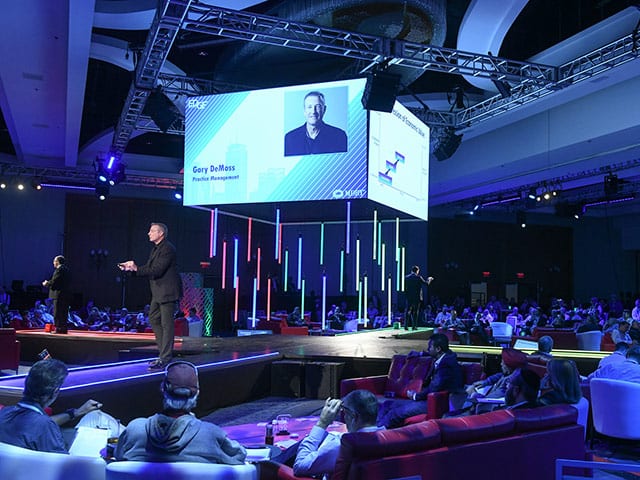Mastering the Art of Flawless Film Projection on Curved LED Monitors for Stunning Graphic Experiences
Mastering the Art of Flawless Film Projection on Curved LED Monitors for Stunning Graphic Experiences
Blog Article
Video mapping is an exciting technology that enables visuals and videos to be projected onto areas, creating breathtaking visual encounters. When it comes to curved surfaces, mastering this craft can be a bit more difficult than projecting onto flat planes. Rounded areas can include various elements from the facades of buildings to sculptures and even platforms. Grasping how to efficiently map footage onto these forms is crucial for artists, design professionals, and occasion planners who want to create immersive settings that enthrall viewers.
The first step in footage mapping on rounded surfaces is to understand the geometry of the surface. Curved areas can be complex, with varying degrees of bend. To achieve a seamless projection, it is vital to create a 3D model of the area. This representation helps in visualizing how the footage will look when cast. Applications tools are accessible that allow users to develop these models and mimic the display. By precisely aligning the measurements and contours of the area, creators can guarantee that the video matches perfectly without distortion.
Once the 3D model is prepared, the following phase is to edit the footage content. This involves modifying the video to fit the specific form and dimensions of the curved area. It is essential to take into account the perspectives and sightlines from which the viewers will observe the display. The material should be designed to enhance the visual experience, making it captivating and pertinent to the theme of the occasion or installation. Using high-quality graphics and motion graphics can greatly improve the overall effect of the display.
After preparing the content, the actual display process begins. This includes setting up the devices at the appropriate angles and distances to guarantee that the footage matches with the 3D model. Calibration is a crucial part of this procedure. It may require adjusting the luminosity, differentiation, and sharpness of the projectors to achieve the best results. Additionally, using several projectors may be required to cover bigger or more intricate areas. This technique, known as edge blending, helps create a continuous visual across the whole surface.
Finally, testing the display is essential before the conclusive show. This enables look at this site designers to make any necessary modifications to the footage and projector configurations. It is also an chance to see how the audience will experience the display from different perspectives. By confirming that the footage mapping is flawless, designers can provide a stunning visual experience that creates a memorable impact. Mastering footage mapping on rounded areas not only enhances creative output but also creates new possibilities for storytelling and viewer interaction in various environments.